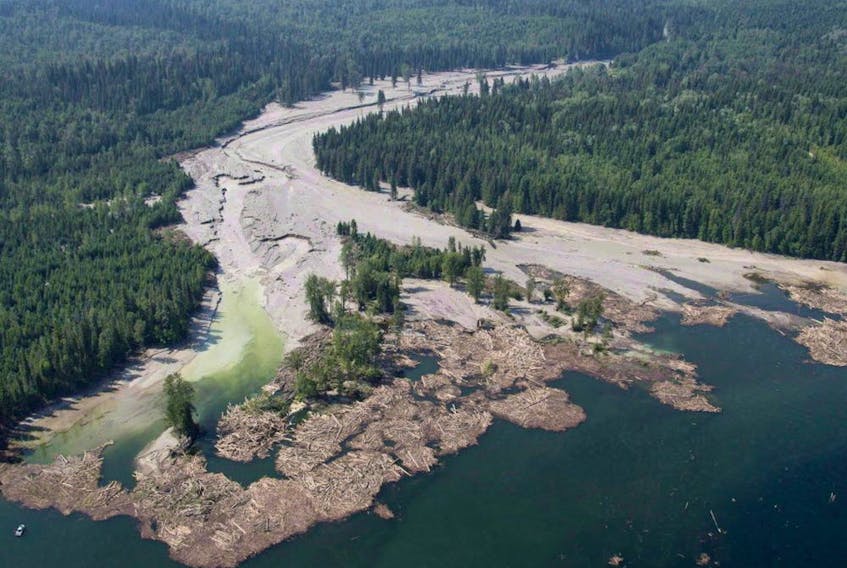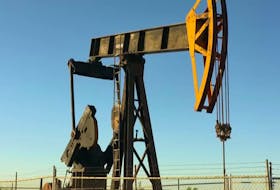The B.C. First Nations Energy and Mining Council is calling on the provincial government to close a policy gap that allows mining companies not to provide financial assurance to pay for the costs of a mine disaster.
The call comes on the eve of the five-year anniversary of Imperial Metals’ catastrophic Mount Polley mine dam spill in the Interior — which has still resulted in no environmental charges — and as the council released a report it commissioned on reducing the risks of mining disasters in B.C.
In 2014, the province ordered Imperial Metals to clean up the massive spill, which the company did, but the council’s report notes that if a company went bankrupt, the public could be on the hook for costs.
The report, authored by consultant economist Jason Dion, recommends that B.C. introduce a tiered scheme of financial assurance, where mining companies would have to put up money, perhaps through a bond or third-party insurance, to pay for the costs of a disaster, combined with assistance from the mining sector as a whole, possibly through a pooled fund.
This type of financial assurance is already required in Canada for pipelines, tankers, offshore drilling, rail lines, and nuclear power plants, the report noted.
“B.C. has a polluter-pay policy under its Environmental Management Act, but that’s not the reality on the ground,” said Allen Edzerza, the mining lead for the B.C. First Nations Energy Council.
“By accepting our recommendations, the government would not only ensure that polluters pay when there are disasters, it would also reduce the risk of another Mount Polley by giving mining companies a financial incentive to reduce risk in their operations,” said Edzerza, a member of the Thaltan First Nation.
The B.C. Ministry of Energy and Mines did not immediately have a response to the First Nations’ mining council report.
However, just last month, B.C. Minister of Energy and Mines Minister Michelle Mungall announced the creation of a standing code review committee to make sure the province has strong protections for health, safety and the environment at mine sites.
In B.C., mining companies must provide financial assurances for the environmental remediation or clean-up of mines once they are closed, through a number of methods, including posting bonds.
There is no such requirement for potential mine disasters, which seems to have flown under the radar, said Dion.
“It’s a pretty serious gap that needs to be closed,” he said.
The collapse of the Mount Polley gold and copper mine’s earth-and-rock waste dam on Aug. 4, 2014 released 24 million cubic metres of water and tailings containing potentially toxic metals, enough water and material to fill nearly 9,800 Olympic-sized swimming pools.
The release dumped millions of cubic metres of tailings into Quesnel Lake after scouring nine kilometres of Hazeltine Creek, where trout and coho salmon spawned.
Imperial Metals has spent millions of dollars to rehabilitate Hazeltine Creek.
The tailings dumped into Quesnel Lake remain at the bottom of the lake. Studies on the effect of the spill are expected to continue for years.
One of the largest mining-dam failures in the world in the past 50 years, the dam collapse shook the industry and caused concern among the public, First Nations and environmental groups that aquatic life would be harmed, particularly salmon that use the Quesnel Lake system to spawn.
In another brewing controversy, Imperial Metals is facing resistance from a wide range of opponents including First Nations, environmentalists and U.S. senators for an exploration project in an area dubbed the “donut hole,” sandwiched between the Skagit Valley and Manning provincial parks in southern B.C., just north of the Canada-U.S. border.
Imperial Metals has applied to the B.C. mines ministry for a five-year exploration permit to dig trenches and drill to determine mineralization on its tenures in the area. There is no timeline on a decision.
Copyright Postmedia Network Inc., 2019









